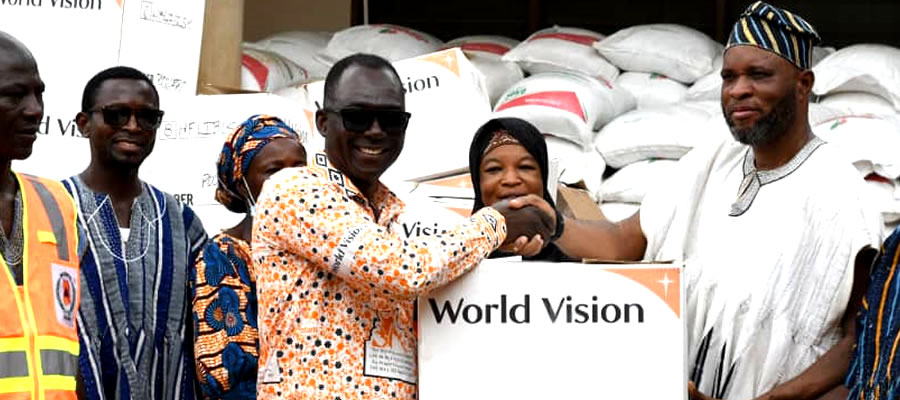

The 2000 population and housing census put the population of the East Gonja Municipal at 174,500 (special reports) and it is currently estimated at 197,932 using an annual rate of growth 2.1% per annum.
The District’s share of the total population of the northern region is 9.67%, second after the Tamale Metropolis. The total population of the northern region stood at 1,820,806 (as at 2000). The Municipality’s population growth rate is 2.1% (1984-2000), lower than both the regional and national averages of 2.9% and 2.5% respectively. The growth rate for the 1970-1984 censual periods was 3.9%, which indicates a significant decline in the growth rate of the population 2.1%.
This relatively low population growth rate could be explained by increased out-migration from the Municipality combined with modest success of population control and education measures of the ministry of health. This lower population growth rate in East Gonja Municipal is an asset to be maintained and reinforced through conscious policy, promotional and educational measures.
Spatial distribution of population
The population of the Municipality is predominantly rural. A total of 152,146 of the population, representing about 86.4% (2000) is located in rural communities. This indicates a decline in the rural population compared to the 1984, 1970 and 1960 figures of 86.8%, 91.2 and 100% respectively.
The proportion of the population located in urban communities is gradually increasing considerably. The urban population in the Municipality in 1970 was merely 8.8% and this has increased to 13.6% by 2000.
Household characteristics
The composition of households in the Municipality is a reflection of the extended family system generally practiced in the Municipality. This system enables several households of external family members to live in the same housing units. The composition of households still includes persons outside the nuclear or immediate family. Children constitute between 50 to 70% of households. Household heads serve as the authority figure and often the main provider for the household. Heads of households in the district are mainly male. The average household size among the 20 largest settlements in the Municipality is about 6.6.
Religious composition
The three main religious groupings are found in the East Gonja Municipal: Islam, Christianity and traditional. 36.4% of the population are Christians, 34.9% are Muslims whilst traditional religion constitute 21.3%. The three main religious groups have been living in harmony with each of them tolerating one another.
Traditionally, Salaga was a world renowned centre of excellence in Islamic education. The town has a long tradition of Islamic schools, with learned Islamic scholars mentoring a large number of students from across West Africa and the Sahel.
Date Created : 11/18/2017 2:56:15 AM











 facebook
facebook
 twitter
twitter
 Youtube
Youtube
 +233 593 831 280
+233 593 831 280 0800 430 430
0800 430 430 GPS: GE-231-4383
GPS: GE-231-4383 info@ghanadistricts.com
info@ghanadistricts.com Box GP1044, Accra, Ghana
Box GP1044, Accra, Ghana